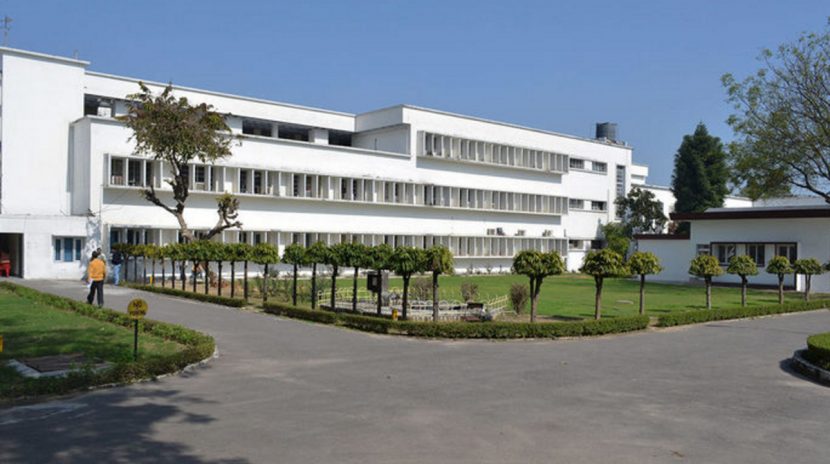India’s 38 premier scientific laboratories are in a budgetary pinch. A jump in expenditures on salaries, pensions, and perks for government employees, recommended by an advisory commission, is leaving little money for new research in the budget of the Council of Scientific & Industrial Research (CSIR), based in New Delhi, which oversees the labs and their 4600 scientists. The increase in personnel expenses comes on top of a 2015 call by the government for CSIR to raise 30% to 50% of its total budget itself by commercialising its technologies. The stark reality is that “we will be left with no funds to support new research labs projects,” CSIR Director General Girish Sahni wrote in an email to CSIR lab directors obtained by Science.
The budget constraints are grim. Sahni wrote in his email that after covering the roughly 15% increase in salaries, unspecified boosts to pensions, plus capital expenditures and other previous commitments, out of CSIR’s total $683 million budget for the 2017 fiscal year only $31 million will be left to support new research at the 38 labs.
“It’s not that we are going into bankruptcy and closing down labs,” he told Science in an interview. But he adds, “There surely will be an impact on our ambitious programs.” Sahni says CSIR is now studying which new research programs will be affected.
He thinks the government needs to do more to support research, especially because countries like China and South Korea are pumping billions of dollars into science and technology.
“We have great ambitions and great capabilities also, but where is the moolah?” he asks. “If we don’t invest in science, we will lose the opportunity because other nations are whizzing past.”
CSIR hopes to make ends meet by selling research results. “We have identified about 200 technologies which we are putting on fast track for commercialisation,” Sahni says. He adds that there are another 600 to 800 technologies that might be sellable. CSIR claims it is currently getting 15% of its budget from marketing its results. Sahni says they aim to raise that to 25% in the next 2 years and possibly to 50% by 2020.
All CSIR labs have been asked to draw up action plans. Sahni favors the trend, believing it will be healthy for the institutes and augment their autonomy. But he concedes that some CSIR scientists and lab heads are resisting the call to raise their own resources. And there are skeptics outside the system as well. “There is no ready market for CSIR technologies,” says Dinesh Abrol, a science policy expert at the Institute for Studies in Industrial Development in New Delhi and a former CSIR scientist. “These are all pipe dreams and pipe dreams will not work.”
Other institutions outside of CSIR are also being squeezed by the new salary recommendations. “We expect that we would receive proportionately larger allocation to cover these additional costs,” says Soumya Swaminathan, director general of the Indian Council of Medical Research in New Delhi. “If not, we will be severely affected,” she says.
At the moment, there is no clear indication the government will increase its support for the research institutes, though Sahni says he remains optimistic.
Source: Science Mag, June 2017

